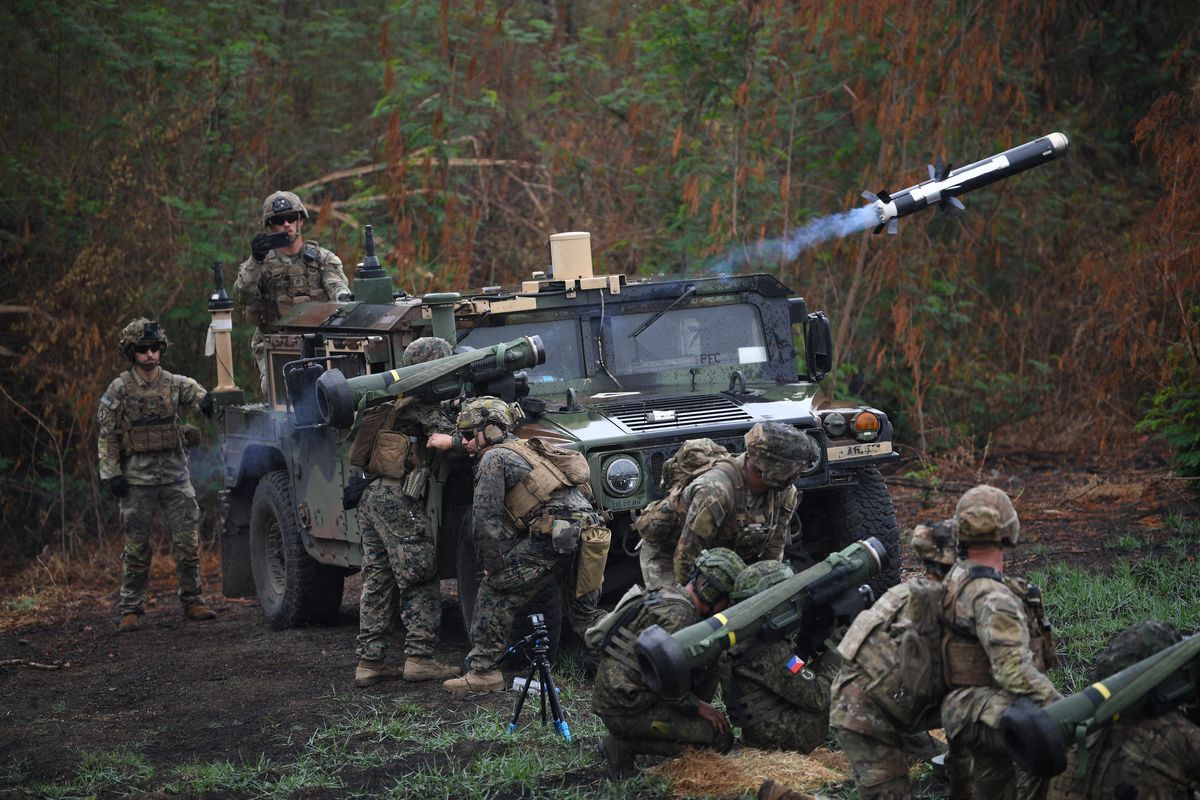Force Design 2030: The U.S. Marine Corps' Evolution to Counter Future Threats
In the face of emerging global challenges and shifting defense priorities, the U.S. Marine Corps is undergoing a significant transformation, the largest in decades. Aimed at preparing for future conflicts and potential budget constraints, this overhaul is the essence of the 'Force Design 2030' plan. The plan

In the face of emerging global challenges and shifting defense priorities, the U.S. Marine Corps is undergoing a significant transformation, the largest in decades. Aimed at preparing for future conflicts and potential budget constraints, this overhaul is the essence of the 'Force Design 2030' plan. The plan underscores a pivot towards littoral missions and island combat, a departure from the Corps' recent engagement in land-locked warfare like Iraq and Afghanistan.
Since the end of the Cold War, the Marine Corps has functionally become an auxiliary land force, deploying tanks and troops on land-based operations in Iraq in 1991 and 2003, and Afghanistan from 2001 to 2021. While these missions were executed successfully, the looming reality of increased budget scrutiny and an aging American populace necessitated a strategic rethink. The Corps' leadership recognized the need for specialization within a defined, relevant niche to secure its future in the U.S. defense setup.
Consequently, the Force Design 2030 was conceived as a radical blueprint for molding the Marine Corps into a specialized force designed for littoral combat and island warfare, particularly against potential threats from Russia and China. The plan strategically positions the Marines as the go-to force for combat scenarios that may arise in the Baltic Sea against Russia, and the South China Sea against China. It is a mission uniquely suited for the Marines, as the U.S. Army's focus has shifted away from these theaters.
The restructuring calls for drastic changes in the Marines' force composition. Tanks, once the backbone of any ground force, are being phased out, with more than 450 transferred to the U.S. Army. M777 155-millimeter howitzers will also see a significant reduction, while the number of infantry battalions will decrease from 24 to 21, with each battalion also seeing a manpower cut of 10 percent. The plan does, however, maintain the target for F-35Bs and F-35Cs at 420, but reduces aircraft per squadron from 16 to 10.
These cuts are designed to make the Marines a lighter, more mobile, and easily deployable force. The Corps believes that in the island and coastal warfare scenarios of the future, sea and air-based drones can provide equivalent firepower to the heavy M1A1 Abrams tanks. Precision-guided rocket trucks, robotic vehicles armed with new Naval Strike Missiles, and a variety of land, air, and sea drones will become the mainstay of the restructured Marine Corps.
Under Force Design 2030, the Marine Corps will establish three Marine Littoral Regiments (MLRs), ground units designed to project power in all domains – land, sea, and air. An MLR, once established, can deploy smaller subunits equipped with sensors, anti-ship missiles, and air-defense missiles throughout an area. This regimental structure provides flexibility and broad area control, allowing for quick progression from one island to the next in a conflict scenario.
This shift in the Marine Corps' approach echoes the island-hopping strategy of World War II, but with far greater stakes considering the nuclear capabilities of potential adversaries like China. The Corps' vision under Force Design 2030 positions itself as a strategic deterrent against any attempts to control the South China Sea, a disputed and geopolitically significant region.
In summary, the U.S. Marine Corps' evolution under Force Design 2030, characterized by significant force restructuring and a shift in operational focus, reflects its ambition to be America's primary tool for countering future littoral and island-based threats. This adaptation to emerging geopolitical realities exemplifies the Marine Corps' commitment to staying relevant and effective in an increasingly complex world.




